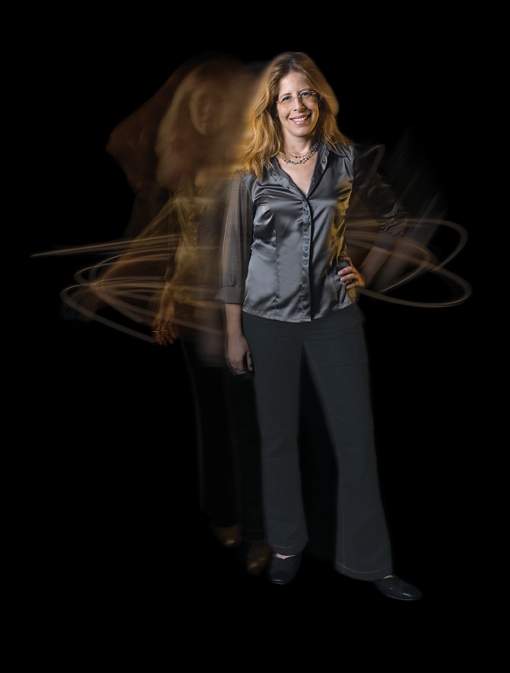Are you a journalist? Please sign up here for our press releases
Subscribe to our monthly newsletter:

Dr. Michal Sharon: "Today, our mass spectrometry approach is limited to bacteria and yeast. In the future, we aim to be able to apply this method to complexes isolated directly from mammalian cells, giving us unprecedented insight into cellular mechanics."
Cells are endless recyclers, equipped with efficient, grinder-like waste-processing machinery. Whole proteins go in one end; chopped up bits of protein come out the other. These machines, called proteasomes, dispatch everything from misfolded proteins to those that are worn out or no longer needed. Improper protein breakdown might be tied to everything from the characteristic protein clumps that form in Alzheimer's disease to the proliferation of cancer cells and the onset of autoimmune disorders.
Dr. Michal Sharon of the Institute's Biological Chemistry Department is working out the mechanics of proteasomes, which are themselves composed of a large number of proteins. To do this, she has her own machinery for breaking them apart. Her state-of-the-art equipment can divide proteasomes into their components, simultaneously analyzing and precisely measuring each. Once Sharon knows the specs of each individual part, she can begin to fit them together, like pieces of a puzzle, to get an idea of how the whole machine is built and how it works.
Pushing the limits of this technology, Sharon is developing new methods to uncover not only the detailed structure of this complex but the dynamic interactions that take place within and around the proteasome. She is presently focusing on several proteasome components: one that identifies proteins ready for the grinder, one that does the actual disposal of unfolded proteins and yet another, the signalosome, which oversees the placement of special tags that mark proteins for recycling.
Dr. Michal Sharon's research is supported by the Y. Leon Benoziyo Institute for Molecular Medicine; the Dr. Josef Cohn Minerva Center for Biomembrane Research; the Helen and Milton A. Kimmelman Center for Biomolecular Structure and Assembly; the Chais Family Fellows Program for New Scientists; the Abraham and Sonia Rochlin Foundation; the Wolfson Family Charitable Trust; the estate of Shlomo (Stanislav) and Sabine Bierzwinsky; Miel de Botton Aynsley, UK; and Karen Siem, UK.